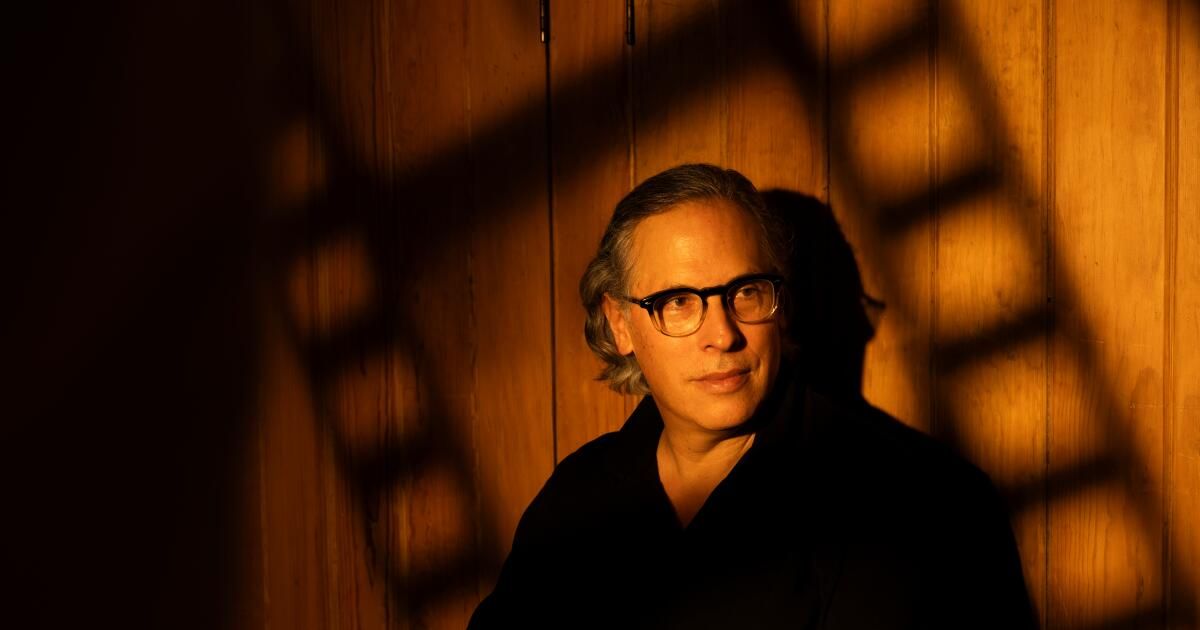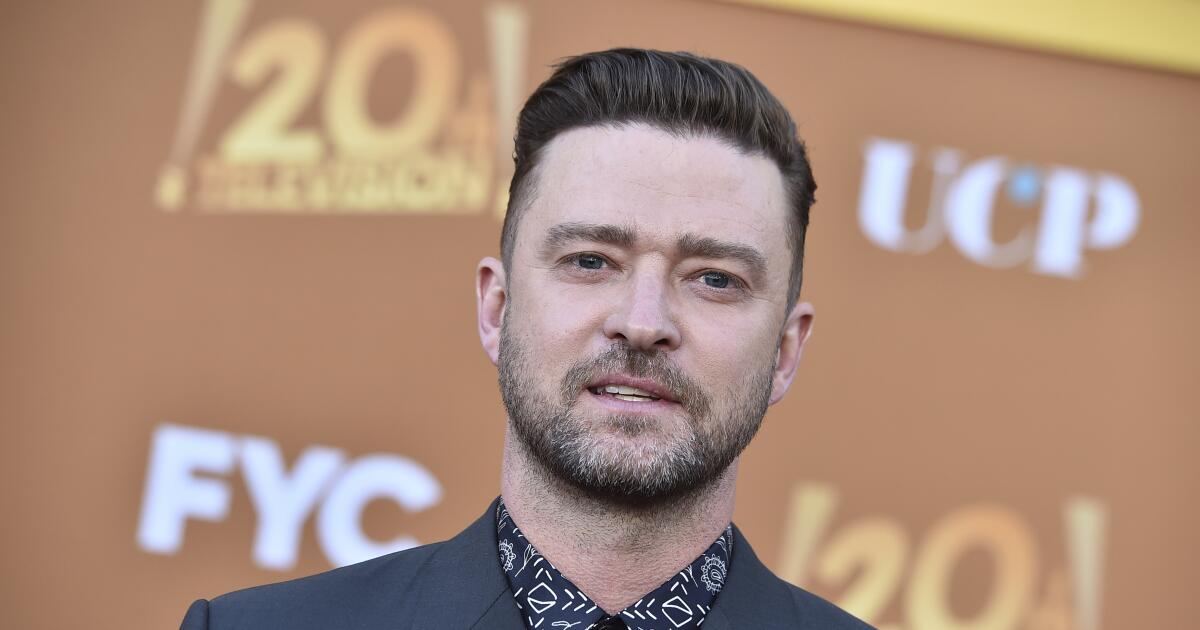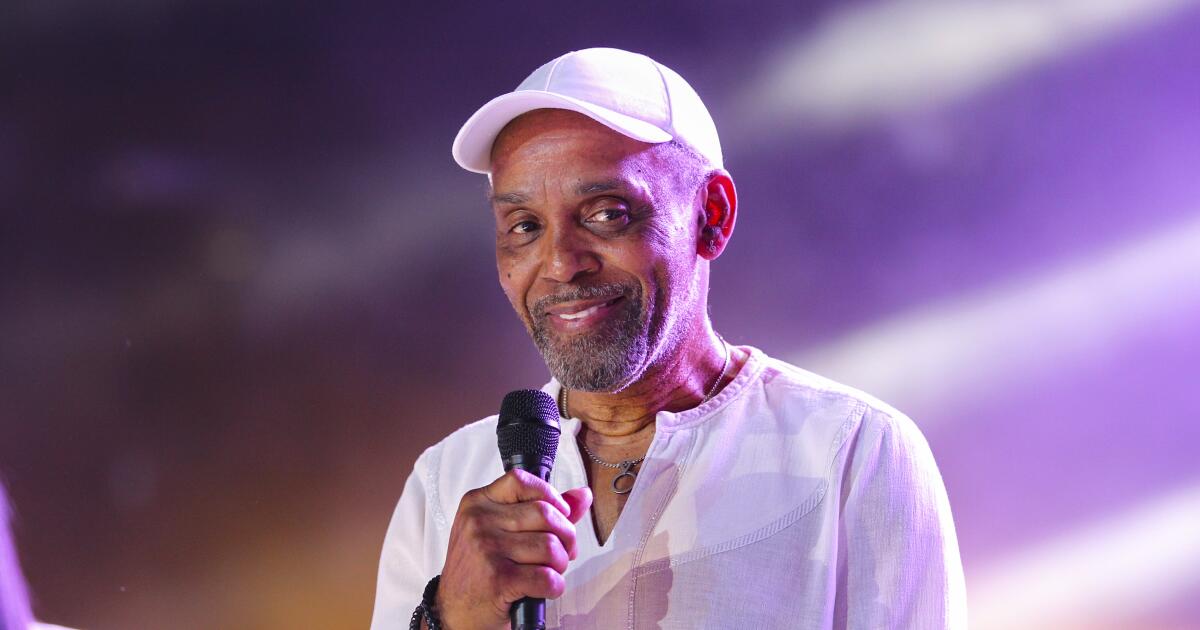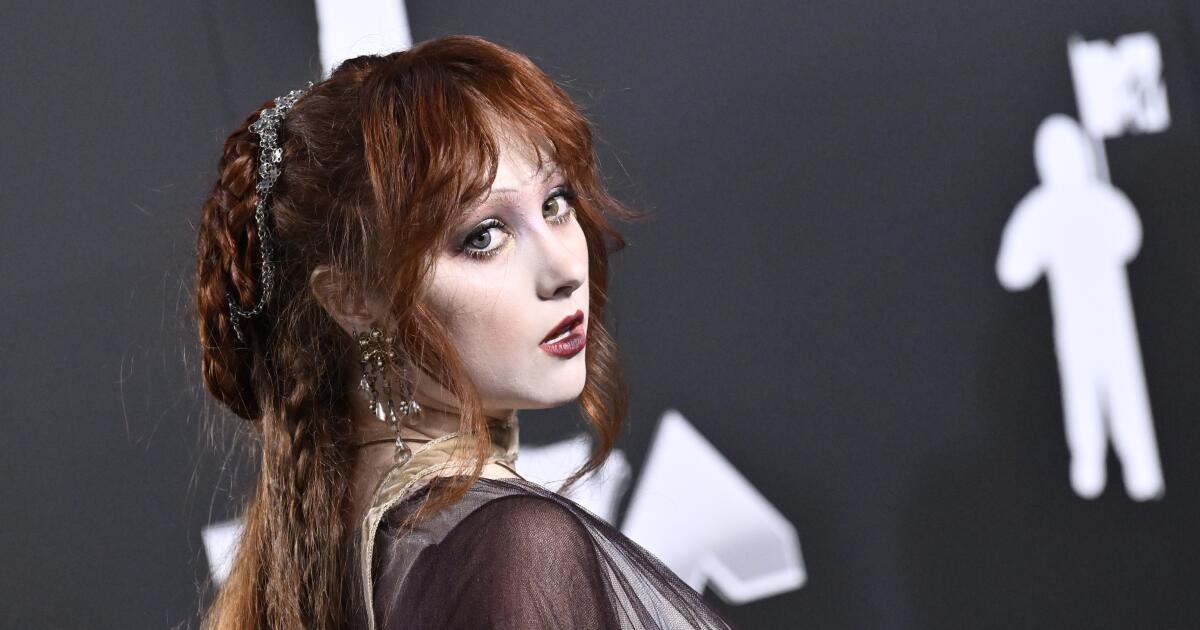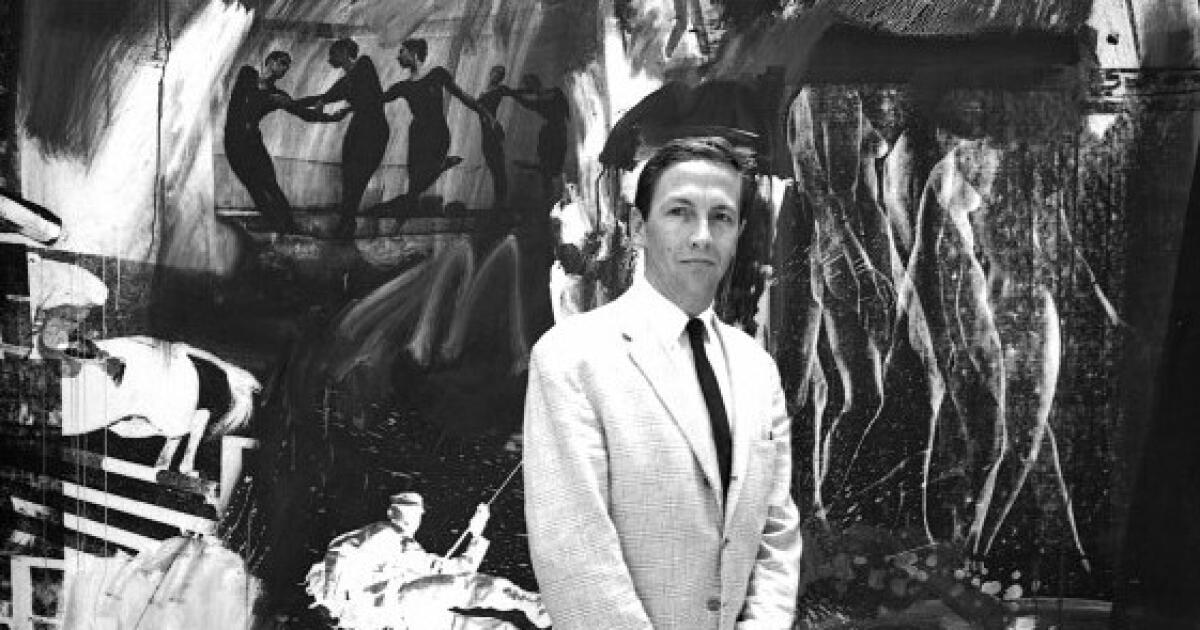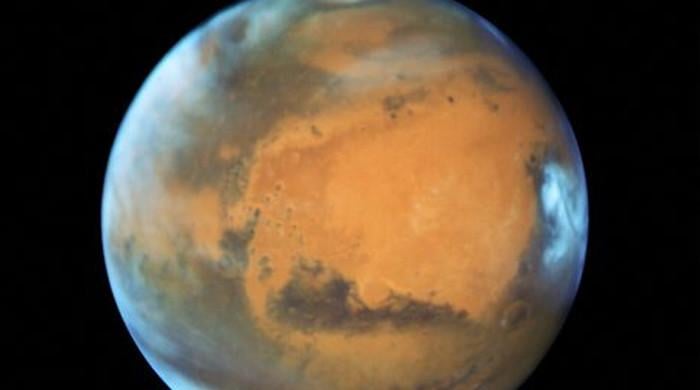The two films could hardly look more different.
One, “Killers of the Flower Moon,” mixes a muted autochrome look with naturalistic lighting to evoke an atmosphere of impending doom. The other, “Barbie,” is a feast of pastel colors that celebrates the artifice in creating a world inhabited by toy people. You would never think they were shot by the same person. Except that person, Rodrigo Prieto, is one of the most versatile and prolific cinematographers out there. And while the film academy highlighted only his work on Martin Scorsese's “Flower Moon” on nomination morning, The Envelope wants to applaud both sides of his creative vision.
The 58-year-old Mexico City native has been nominated for an Oscar four times, previously for “Brokeback Mountain” (2005), “Silence” (2016) and “The Irishman” (2019), the last two also directed by Scorsese.
Here Prieto talks a little about his approach to each film.
“I usually try to strive for the kind of things where the camera, the lighting, and everything related to cinematography expresses an internal feeling,” he says of his process in a recent video interview from his home in Los Angels. Here he details two scenes from each of the films, offering insight into what he was trying to accomplish and how he got there.
'Flower Moon Killers'
Scene 1: Mollie (Lily Gladstone) and her husband, Ernest (Leonardo DiCaprio), arrive at the train station to meet a private detective hired to investigate the deaths of Mollie's Osage family and friends. We hear her thoughts in a voiceover: “This evil that surrounds my heart comes out of my eyes” and we see what she sees, a sea of white faces that seem to emerge from the steam of the train like demons in subtle slow motion.
When filming Leonardo DiCaprio and Lily Gladstone in a train station, cinematographer Rodrigo Prieto wanted the audience to “see what she sees, a sea of white faces that seem to emerge from the steam of the train like demons in subtle slow motion.” ”.
(Apple)
“We tried to do this scene by putting Lily on the same dolly as the camera and holding her precisely to it, but it seemed too strange, too artificial,” Prieto says. “But we wanted it to be strange and not completely realistic. That's why all the steam is there. We had all kinds of tubes with very precisely choreographed smoke effects and steam effects. We also shot it at low speed, 36 frames per second, maybe 48. I don't remember well. But that also gives it a bit of that surreal feeling. Everyone looks directly into the lens, from their point of view, all white. It places us, as the audience, in what she might be feeling like as the only Osage person in the scene.”
Scene 2: William Hale (Robert De Niro), the orchestrator of the Osage murders, takes Ernest to a Masonic lodge for some discipline. Ernest has become careless and William decides that physical punishment is necessary. The setting, a real-life hostel in Fairfax, Oklahoma, is dimly lit and filmed in a way that enhances its cavernous, sinister feel.
“That place is full of bad energy,” says Prieto. “We used wide-angle lenses to give the impression that Ernest is overshadowed by his uncle. It creates the feeling that Ernest is vulnerable. I didn't really have many opportunities for enlightenment. There were no windows in this place. It only had these two skylights that have since been covered with cement. So there was about a foot of space between the cement roof and these glass squares. I turned it on from there with some LED lights. I slid them into some spaces and added a little diffusion to give it a bit of an amber color. That gives it a sort of “Godfather” feel, with overhead light that then bounces off this black and white patterned floor. “So that’s what lights up the faces.”
'Barbie'
Scene 1: It's morning in Barbie Land when Greta Gerwig's film begins, before the existential fall into human imperfection. We see Barbie (Margot Robbie) rise and shine in an overhead shot, greet her fellow Barbies, and head out to enjoy another artificially sunny day.
“Greta and I wanted it to be like opening a box and discovering a Barbie, a toy, or your dream house,” says Prieto. “For me that meant that the camera had to be wide, frontal, let's say innocent or unsophisticated. Every camera movement precisely follows the characters. Everything is very mechanical. When she goes down the slide and then off the slide, the camera moves back with her in a straight line, and then she changes direction and the camera changes direction very precisely with her. The other idea was that it's always sunny in Barbie Land. “So we used very large lighting units to create sun, which is quite strange.”
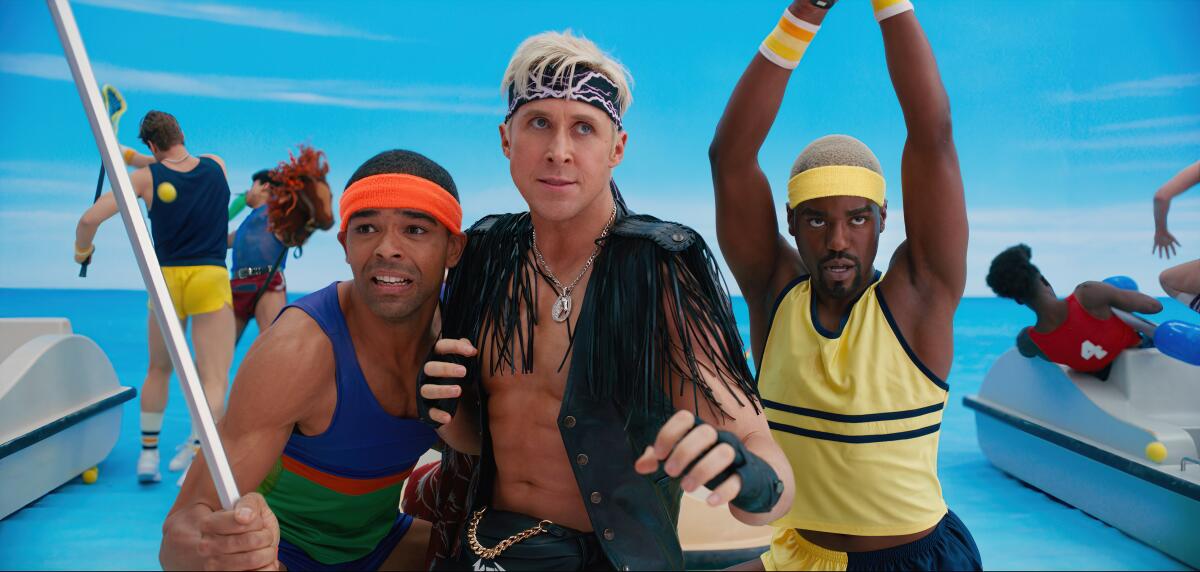
Kingsley Ben-Adir, Ryan Gosling and Ncuti Gatwa in the fight scene in “Barbie,” which involves wheelies and beach balls.
(Images from Warner Bros.)
Scene 2: The climactic Rumble of the Kens, which transforms into a big Vincente Minnelli-style dance sequence. Toy horses, beach balls and the question of whether we can ever be Kenough.
“The battle scene was largely inspired by 'Saving Private Ryan,' because it's a beach landing,” Prieto says. “That's one of the only scenes where there's no sunlight, because we want it to look a little cloudy, give it a little bit of that wartime feel. Then we shot the dance sequence on the same set. We took out the whole thing and put in this new floor that had these very graphic lines, pink on one side and blue on the other, and steps, all very inspired by 'Singin' in the Rain'. I lit it as an abstract version of the beach. “I put in a big 200,000 watt light to create this feeling of the sun, and that's what created the shadows of all the dancers on the floor, which I think is very beautiful.”

